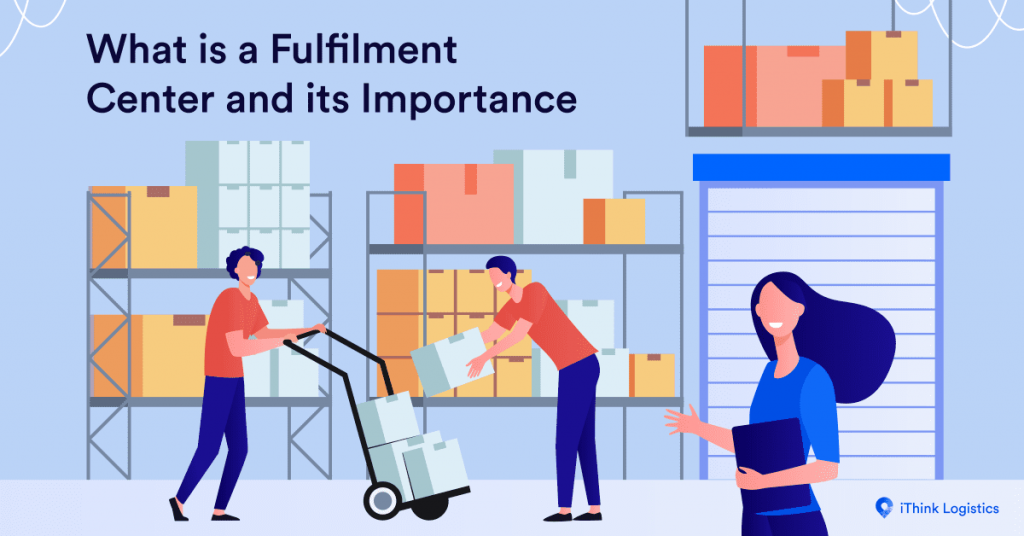Exploring the Hidden Charges of Logistics Facilities
In today's rapid online shopping landscape, businesses are constantly looking for efficient methods to oversee their operations and deliver goods to clients on time. A fulfilment centre plays a crucial role in this process, acting as the focal point where online orders are processed, assembled, and dispatched. Although these facilities simplify supply chain for numerous business owners and merchants, it is essential to delve further into the intricacies and unseen costs associated with their utilization.
Fulfillment centres offer a variety of services that can seem appealing at first sight, such as stock management, purchase processing, and delivery solutions. Yet, as businesses turn to these centres to enhance their operations, they often face unforeseen expenses that can affect their profit margin. Understanding what a fulfillment centre involves and acknowledging the potential hidden costs can assist companies make informed choices on if this model aligns with their sustained objectives.
Comprehending Fulfillment Centers
A fulfillment center is a warehouse that handles customer orders on for clients. These centers oversee various tasks, from storing inventory to selecting, packing, and shipping products to customers. By contracting out these tasks, businesses can dedicate themselves to their main strengths, such as marketing and innovation, while leaving the logistics to expert providers.
In the last few years, the rise of digital commerce has led to an higher demand for fulfillment centers. They play a vital role in ensuring timely deliveries, which have become critical for customer satisfaction. With their advanced technology and infrastructure, fulfillment centers can efficiently manage high volumes of orders and optimize supply chain operations for retailers of all sizes.
Businesses often opt for fulfillment centers to expand their operations without the need for major financial outlay in storage facilities and staff. This adaptability is particularly appealing for new businesses and SMEs that may not have the capabilities to handle logistics in-house. As e-commerce continues to grow, fulfillment centers are becoming a crucial part of the retail landscape, facilitating more efficient transactions and improved service for consumers.
The Immediate and Indirect Expenses
Fulfillment centers typically incur immediate costs that directly impact a business's bottom line. These costs include warehousing fees, labor expenses for the team managing inventory, and shipping costs associated with sending goods to customers. Each of these factors contributes to the overall cost associated with utilizing a fulfillment center. Companies must carefully examine these immediate costs to ensure that they align with their operational budgets and can be supported by sales performance.

In addition to immediate costs, there are also indirect costs that can influence a company's bottom line. These may include technology expenses for inventory management systems and fulfillment software. Furthermore, there can be costs related to maintaining customer support standards, such as handling returns or addressing inquiries about purchased products. These indirect factors, while not directly apparent, can accumulate and considerably impact the overall effectiveness and effectiveness of the fulfillment operation.
Ultimately, comprehending both direct and hidden costs is essential for businesses evaluating fulfillment center services. This insight not only helps in budgeting but also directs strategic choices regarding expanding operations and price points. A thorough analysis of these costs enables businesses to enhance their supply logistics processes and ensure that the benefits of using fulfillment centers exceed the expenses involved.
Reducing Hidden Expenses
To efficiently reduce hidden costs related to fulfillment centers, businesses must prioritize the picking method. It is essential to conduct in-depth analysis when choosing a fulfillment partner. Assessing various providers and contrasting their service offerings offerings, cost structures, and customer ratings can reveal potential challenges and extra costs. Openness is crucial, so it's important to ask questions and clarify all details before finalizing agreements. This diligence can prevent unforeseen costs that could erode profit.
A different tactic involves optimizing stock control. By employing sophisticated technological tools for monitoring stock levels and sales trends, businesses can avoid excess stock or shortages. Effective inventory management not only lowers holding costs but also improves customer happiness by guaranteeing that items are ready when needed. Consistent audits and evaluations of inventory turnover rates will inform optimal buying decisions and aid in negotiating favorable terms with fulfillment centers.
Finally, building solid connections with order fulfillment center staff can significantly minimize hidden expenses. Direct lines of communication enable faster resolutions to issues that may happen, ultimately reducing time and resources. Periodically evaluating success metrics and keeping feedback loops can help in spotting issues early on, allowing companies to modify their plans appropriately. By promoting partnership, organizations can create a more productive fulfillment operation that is consistent with their overall company objectives.